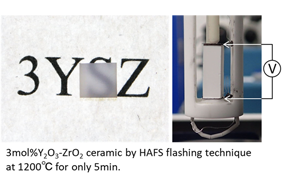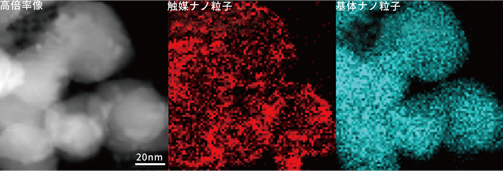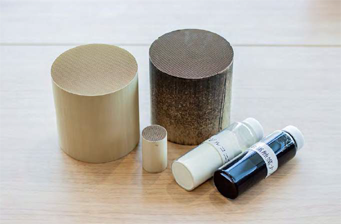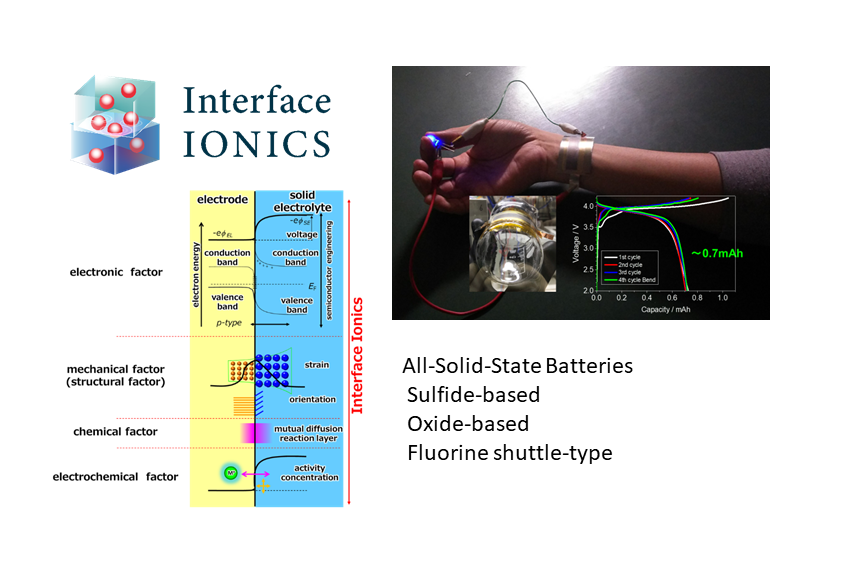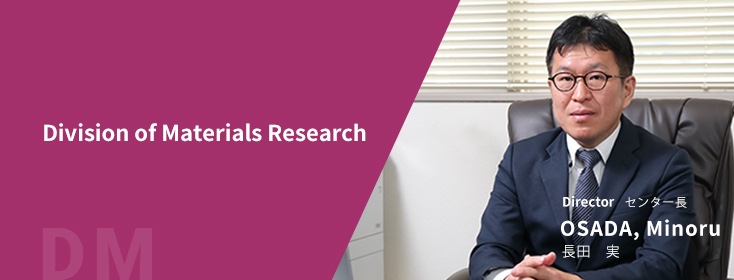
The Division of Materials Research( DM) carries out research on various materials and substances, their properties, production processes, structural control, and the evaluation of their performance toward many applications,
and also promotes development to design devides to incorporate these materials into device.
In addition to research on the improvement of industrial materials, the utilization of resources, and the optimization of energy sources,
the DM also promotes cutting-edge research on novel materials and nanomaterials that are expected to be useful in future energy systems, energy-saving devices, and advanced materials systems from a long-term perspective.
- Director of the Division : OSADA, Minoru
- Vice-director of the Division : NAKANISHI, Kazuki
Materials Physics Section
The Materials Physics Section carries out fundamental and applied research on dielectrics, magnetic materials, superconductors, ionic conductors, optical properties, catalytic properties, and other material functions. Research on material properties that are necessary to achieve new devices through the enhancement of properties and the discovery of new functions is also performed.
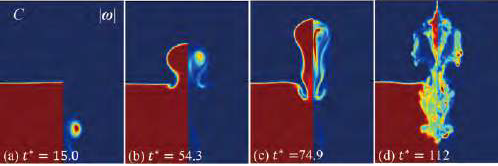


Visiting Faculty





( neural networks, graph theory, graphics processing units, CUDA, density matrices, Green's function).
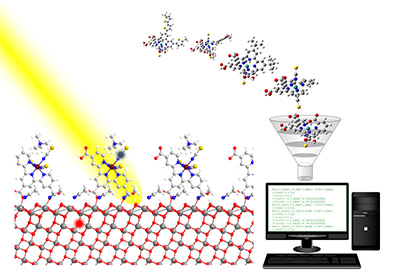
Ab initio study of the photoabsorption and charge separation process on the dye-sensitized semiconductor surface.
A neural net learns the predicted structure-property relations and suggests better dyes.

Methodology Development and Material Design
Materials Design Section
This Section promotes researches of material design with a focus on the microstructures of materials used
in environments, electronics, mechanics and energy-related fields.
Toward the aim of improving the performance and making major strides in terms of enhancements, the MD performs advanced studies through new compositions,
novel composites and nanomaterials from the perspective of two- and three-dimensional and/or nanometer-scaled structures.
Nanoparticles-composite material for environmental depollution (automotive catalyst)
and its microstructure with Ce and Zr elemental mapping in nanometer scale by electron microscopy
Honeycomb-type ceramics for engine exhaust treatment and noble metal/CeO2 nanoparticle catalysts
(developed by present labs)




Visiting Faculty






Visiting Faculty

Materials Processing Section
In addition to research related to material production processes, the Materials Processing Section performs research on mechanical energy conversion devices that make use of high-performance thermal-insulation
and shielding materials, thermoelectric power-generating and dielectric elastomers, and other such materials, as well as research on, for example, high-efficiency hydrogen production, combustion, and
power-generation processes.
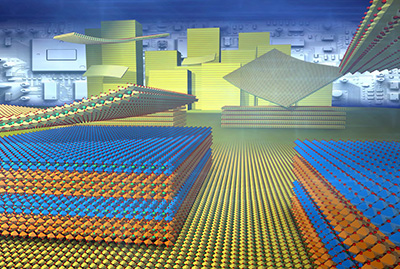
Controlled assembly of 2D nanosheets
and its application to electronic devices.



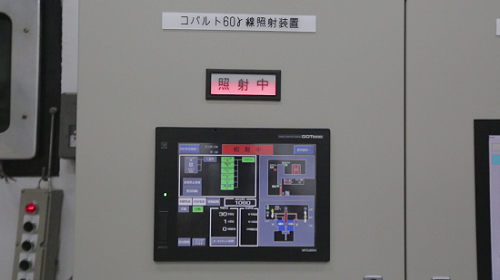

Visiting Faculty







